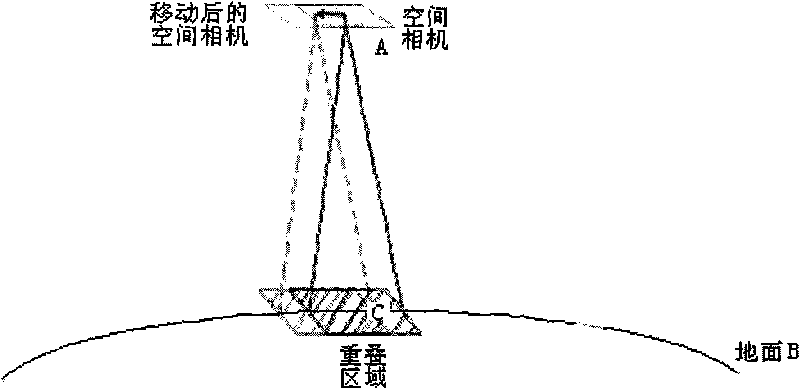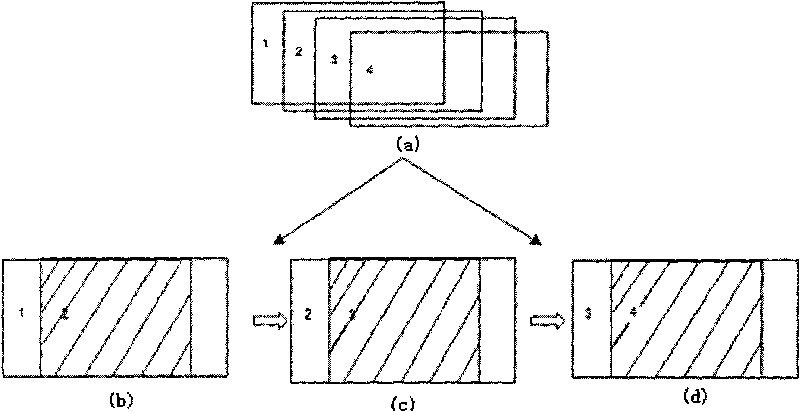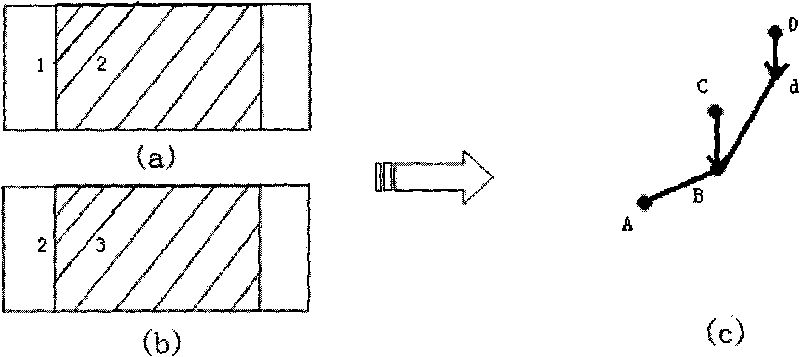On-orbit self-adaptive focusing method for space optical camera
A space optics, adaptive technology, applied in optics, cameras, focusing devices, etc., can solve the problems of long time period, large difference, low focusing success rate, etc., and achieve the effect of high success rate
- Summary
- Abstract
- Description
- Claims
- Application Information
AI Technical Summary
Problems solved by technology
Method used
Image
Examples
Embodiment Construction
[0019] The present invention will be described in further detail below in conjunction with the accompanying drawings and embodiments.
[0020] The method for on-orbit adaptive focusing of a space optical camera of the present invention comprises the following steps:
[0021] 1) During the on-orbit focusing process of the space optics camera, one image is taken on the ground each time the camera defocus is adjusted (see figure 1 ), several shots were taken to obtain sequence images. For example, in this example, a digital camera is used to shoot remote sensing photos to simulate the ground imaging process of a space camera. In the experiment, the camera moves and adjusts its focus, and after several shots, a total of 10 images a~j are obtained. The size of each image is 2048×3072, micro-focus will be performed before each image is taken, so each image has a certain amount of defocus, and the sequence image e is the best focus position during the experimental shooting process; ...
PUM
 Login to View More
Login to View More Abstract
Description
Claims
Application Information
 Login to View More
Login to View More - R&D
- Intellectual Property
- Life Sciences
- Materials
- Tech Scout
- Unparalleled Data Quality
- Higher Quality Content
- 60% Fewer Hallucinations
Browse by: Latest US Patents, China's latest patents, Technical Efficacy Thesaurus, Application Domain, Technology Topic, Popular Technical Reports.
© 2025 PatSnap. All rights reserved.Legal|Privacy policy|Modern Slavery Act Transparency Statement|Sitemap|About US| Contact US: help@patsnap.com



